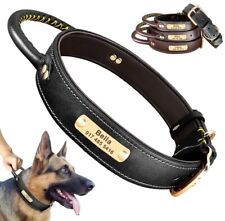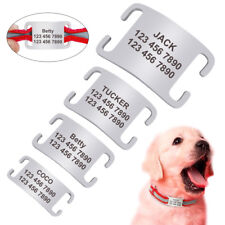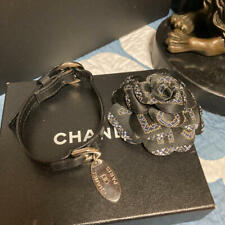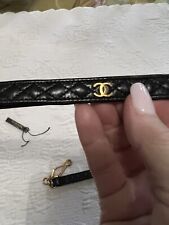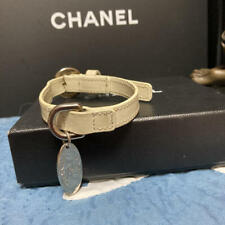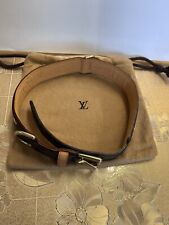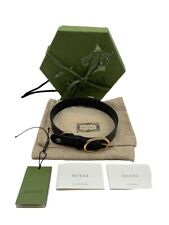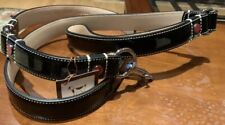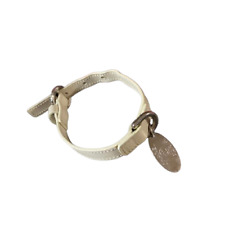Dressage Terminology

Athleticism in a horse
A horse needs to be fully fit to be able to carry out the complex movements in dressage. In addition to muscular strength and agility, the horse needs to be well schooled and have intelligence. The physical and mental abilities influence each other so both need to be fit.
Impulsion
Impulsion refers to the urge to move forward that a rider creates in a horse that is fully under control. The intention is not to speed up the horse but for its hindquarters to exhibit a lively urge to move forward.
On the bit
When a horse is on the bit it means that its neck muscles are relaxed and its neck curves upwards, it happily takes the bit with a light pressure on the reins.
Working Through
When a horse is working through it means that it is constantly on the bit, relaxed and is moving its hind quarters correctly.
Extension
This is where a horse is urged to take larger strides with each step without changing to a faster gait. The horse can stretch its neck in order to do so but it should remain calm, relaxed and on the bit.
Collection
This is where a horse is urged to take shorted strides with each step without changing to a slower gait. The horse can shorten its neck in order to do this but it should remain calm, relaxed and on the bit.
Disunited Canter
This is where the forelegs canter left and the hind legs to the right or vice versa. It causes the legs to cross over. It usually occurs with young horses who are not yet fully balanced. It is very uncomfortable for the rider and must be immediately corrected.
Overtracking
This is when a horse places its hind leg in front of where the forelegs grounded. With extended gaits, overtracking is essential.
Transition
This is a change in gait or a change in tempo within a gait. They must be attractively performed as a flowing action in which the urge to move forward is not hindered.
Half Halt
This is an extremely important exercise and is used to change gait and tempo. The forehand waits while the hind legs move under the body, this collects the horse.
Bending
A horse makes a right hand or left hand bend when its neck and body are slightly curved to one side or the other. When only the head is held to this side it is called head bend.

